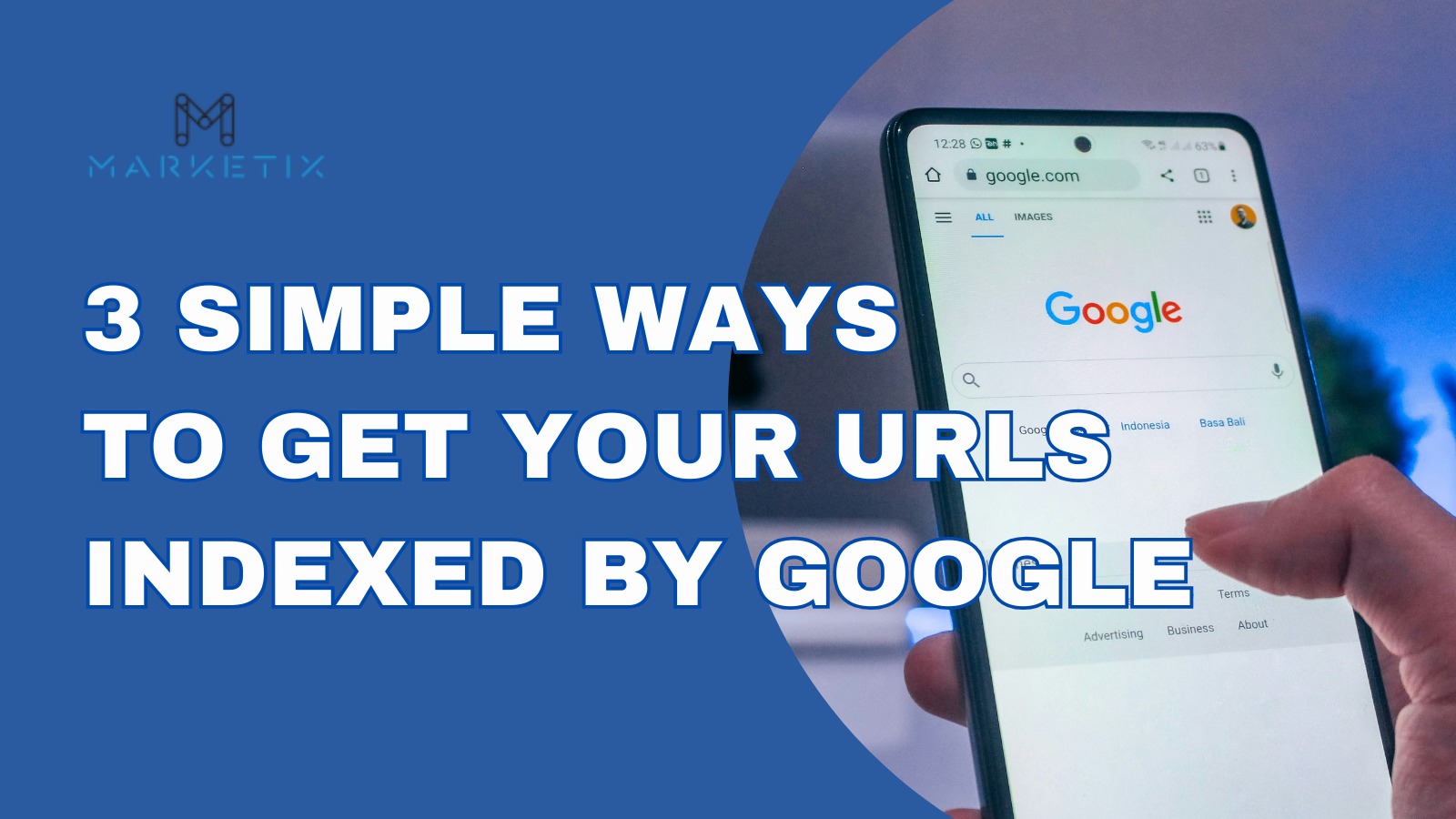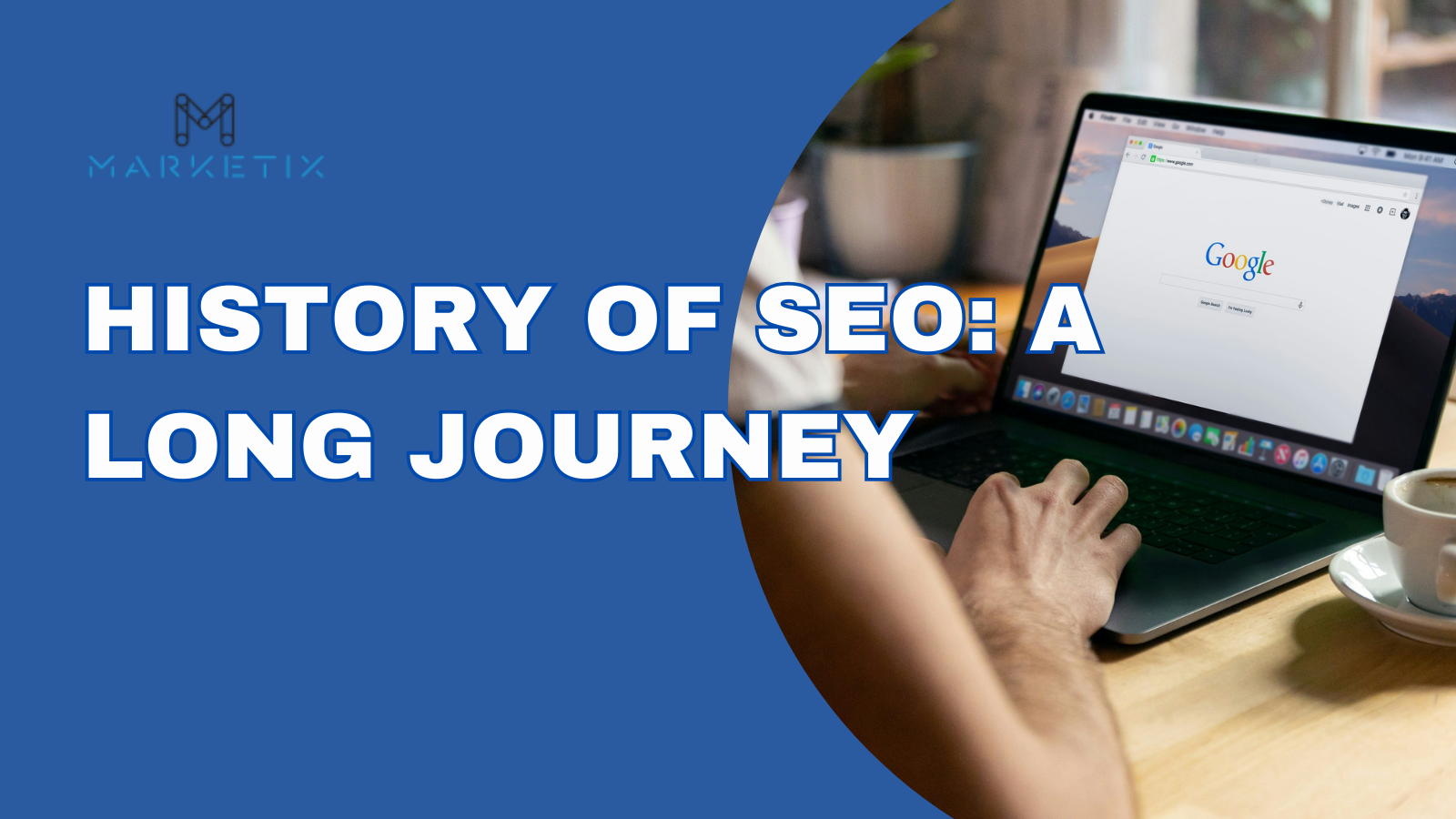- Home
- > The Marketix Blog
- > SEO
Mobile-First Indexing Best Practices
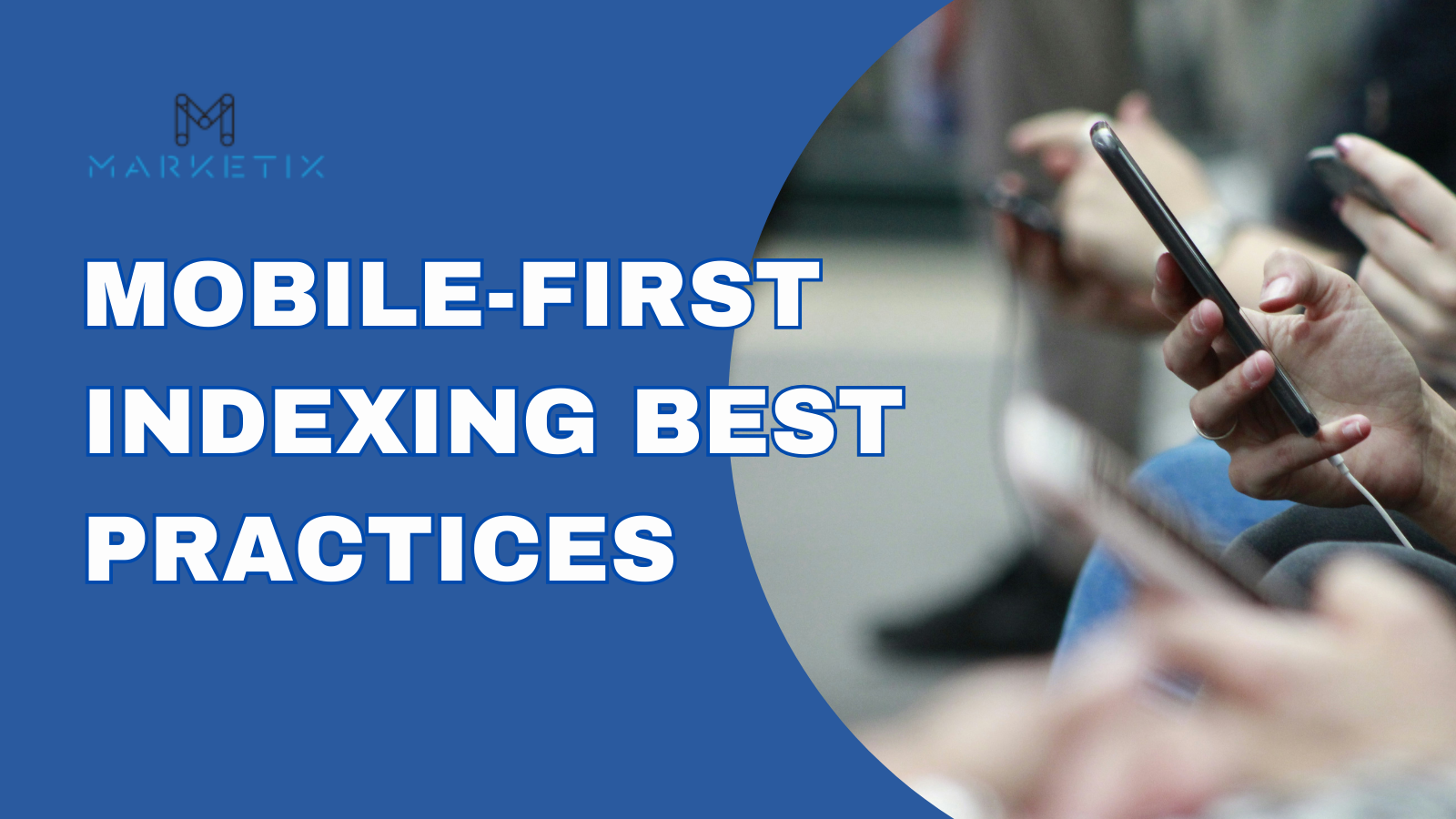
Google is soon going to be approaching a mobile-first indexing process, and this is going to become very important for SEO success.
Google prioritises the mobile version of a website for indexing and ranking. This shift means your mobile site’s performance directly impacts your search rankings. To stay ahead, you must optimise your site for mobile users.
We’ve outlined the best practices for mobile-first indexing to ensure your website remains competitive and user-friendly.
What is Mobile-First Indexing?
Mobile-first indexing means that Google predominantly uses the mobile version of a website’s content for indexing and ranking.
It is a significant shift from the traditional desktop-first indexing. In the past, Google’s indexing system primarily crawled the desktop version of a site, assessing content and relevance based on what was visible on desktop devices. With mobile-first indexing, Google now prioritises the mobile version of the website, reflecting the increasing number of users accessing the internet via mobile devices.
Its ultimate goal is to provide a better search experience for users who search on mobile devices. The mobile-first approach ensures that users get results optimised for their devices, offering a seamless and efficient browsing experience.
Difference Between Mobile-First and Desktop-First Indexing
The fundamental difference between mobile-first and desktop-first indexing lies in the version of the site that Google uses to evaluate and rank content. Under desktop-first indexing, Google’s bots primarily crawled and indexed the desktop version of websites. Mobile versions were secondary and used mainly for mobile-specific searches.
In contrast, mobile-first indexing uses the mobile version as the primary source of content for indexing. The mobile version is the starting point for what Google includes in its index and the baseline for how it determines rankings.
Impact on SEO and Website Rankings
Mobile-first indexing has a profound impact on SEO strategies. Websites that are not optimised for mobile can experience a decline in rankings. Google’s shift means that if your mobile site is slow, difficult to use, or missing content available on the desktop site, your overall search performance could suffer.
Several factors influenced by mobile-first indexing include:
- Page Load Speed: Mobile sites must load quickly. Slow-loading pages can negatively impact user experience and rankings.
- Content Parity: The content on the mobile site should match the desktop site. Missing or reduced content on mobile can lead to lower rankings.
- Usability: Mobile sites need to be user-friendly. Complicated navigation and poor design can result in higher bounce rates and lower rankings.
- Structured Data: Both versions of the site should have the same structured data to ensure that search engines can understand and index the content effectively.
Importance of Mobile-First Indexing for SEO and User Experience
Mobile-first indexing is crucial for modern SEO and user experience. With a significant portion of internet users accessing sites via mobile devices, optimising for mobile-first indexing ensures that your site meets the expectations of these users.
Key reasons for its importance include:
- Increased Mobile Traffic: More users are accessing the internet through mobile devices than ever before. A mobile-optimised site can capture and retain this traffic.
- Improved User Experience: A well-optimised mobile site provides a better user experience, reducing bounce rates and increasing user engagement.
- Higher Search Rankings: Google prioritises sites that offer a good mobile experience. Ensuring your site is mobile-friendly can boost your rankings.
- Future-Proofing: As mobile usage grows, adapting to mobile-first indexing ensures your site remains relevant and competitive.
Implementing mobile-first indexing should be necessary. It aligns your website with Google’s evolving algorithms and the needs of your audience, ensuring better performance, higher rankings, and an enhanced user experience.
Mobile-First Indexing Best Practices
Create a Mobile-Friendly Website
With most internet traffic coming from mobile devices, a site optimised for mobile ensures a seamless experience.
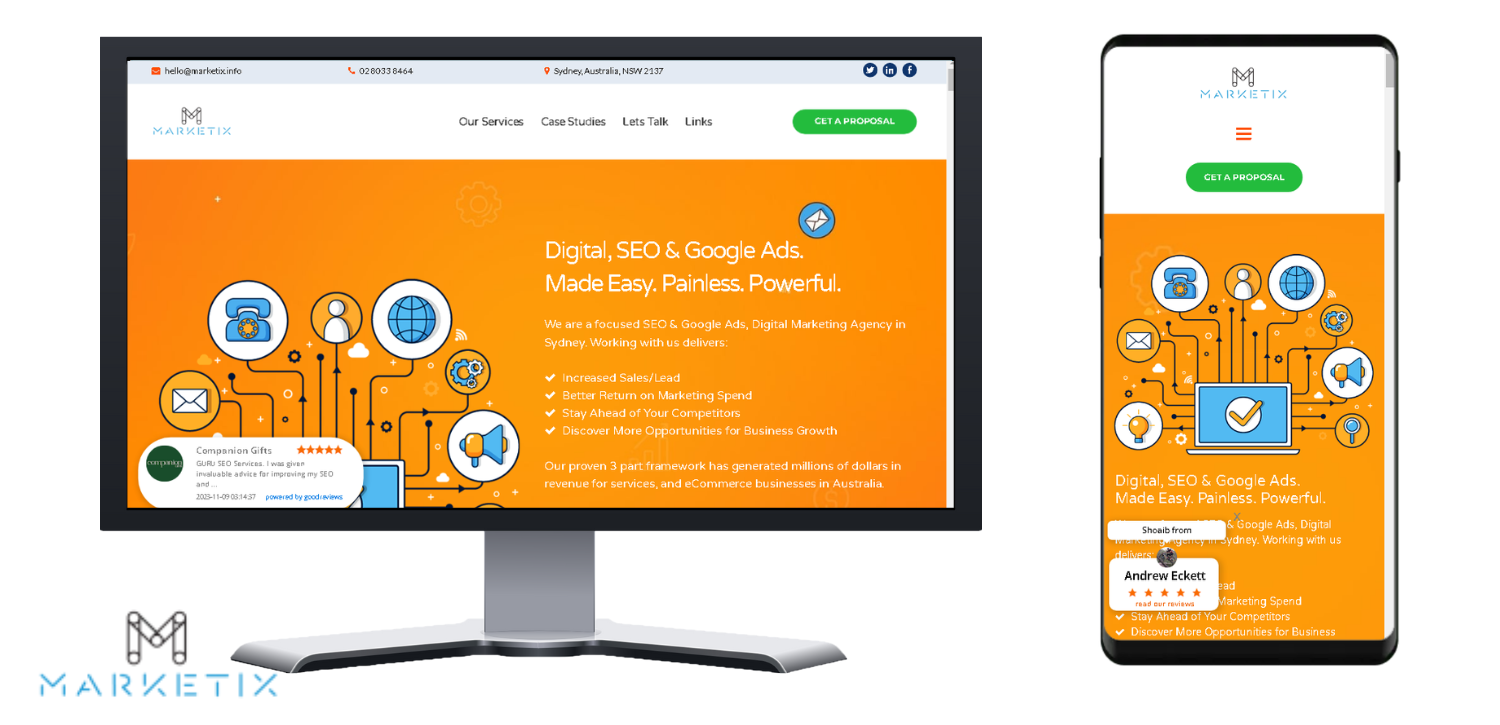
There are three primary configurations to create a mobile-friendly site:
- Responsive design
- Dynamic serving
- Separate URLs
Responsive design is the most recommended as it uses the same HTML code and URL regardless of the device, adjusting the display based on screen size. This approach simplifies maintenance and ensures consistency across devices.
Dynamic serving, which uses the same URL but different HTML for each device, and separate URLs for different devices, can be more complex and prone to errors. Responsive design offers the advantage of being easier to implement and maintain, providing a consistent user experience across all devices.
Ensure Google Can Access and Render Content
For effective mobile-first indexing, Google must access and render your mobile content. Ensure robots meta tags are consistent across mobile and desktop versions.
Inconsistent tags can prevent Google from crawling and indexing your pages. Avoid lazy-loading primary content that requires user interactions like swiping or clicking, as Google may not load this content.
It's vital to let Google crawl your resources. Blocking resources, especially those with different URLs on mobile, can hinder Google's ability to index your site. Ensuring Google's access to all necessary resources is fundamental for proper indexing.
Maintain Consistent Content Across Desktop and Mobile
Consistency in content between desktop and mobile versions is important. Differences in content can lead to discrepancies in how Google understands your site. Make sure that your mobile site has equivalent content to the desktop version. If the mobile version has less content, update it to match the desktop site to avoid traffic loss. You can use design strategies like accordions or tabs to manage space on mobile while maintaining content parity.

Structured Data and Metadata
Structured data helps search engines understand and index your site content effectively. Ensure both mobile and desktop versions have the same structured data. Use correct URLs in structured data to prevent indexing errors.
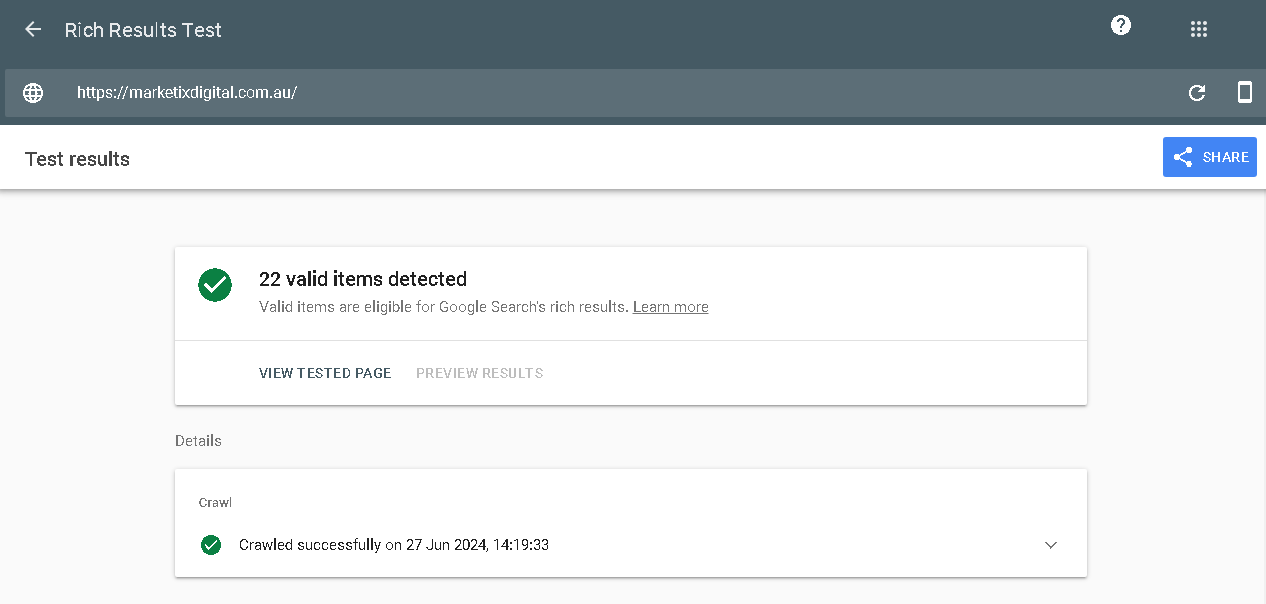
Equivalence in titles and meta descriptions across both versions is also important. Consistently structured data and metadata improve how your site is indexed and ranked.
Structured data types like Breadcrumb, Product, and VideoObject should be prioritised on the mobile site. This practice enhances your site's visibility and ranking potential.
Optimise Visual Content for Mobile
Visual content needs careful optimisation for mobile devices. Use high-quality images but compress them to reduce load times. Avoid using URLs for images that change with each page load, as this can disrupt indexing. Ensure images have appropriate alt text on both mobile and desktop versions.
Consistency in titles, captions, filenames, and relevant text across both versions is essential.
Video content should follow similar practices, using supported formats and ensuring ease of access on mobile devices.
Ad Placement and User Experience
Ad placement on mobile sites can significantly impact user experience and SEO. Follow the Better Ads Standards to avoid intrusive ads that can harm your site's ranking.
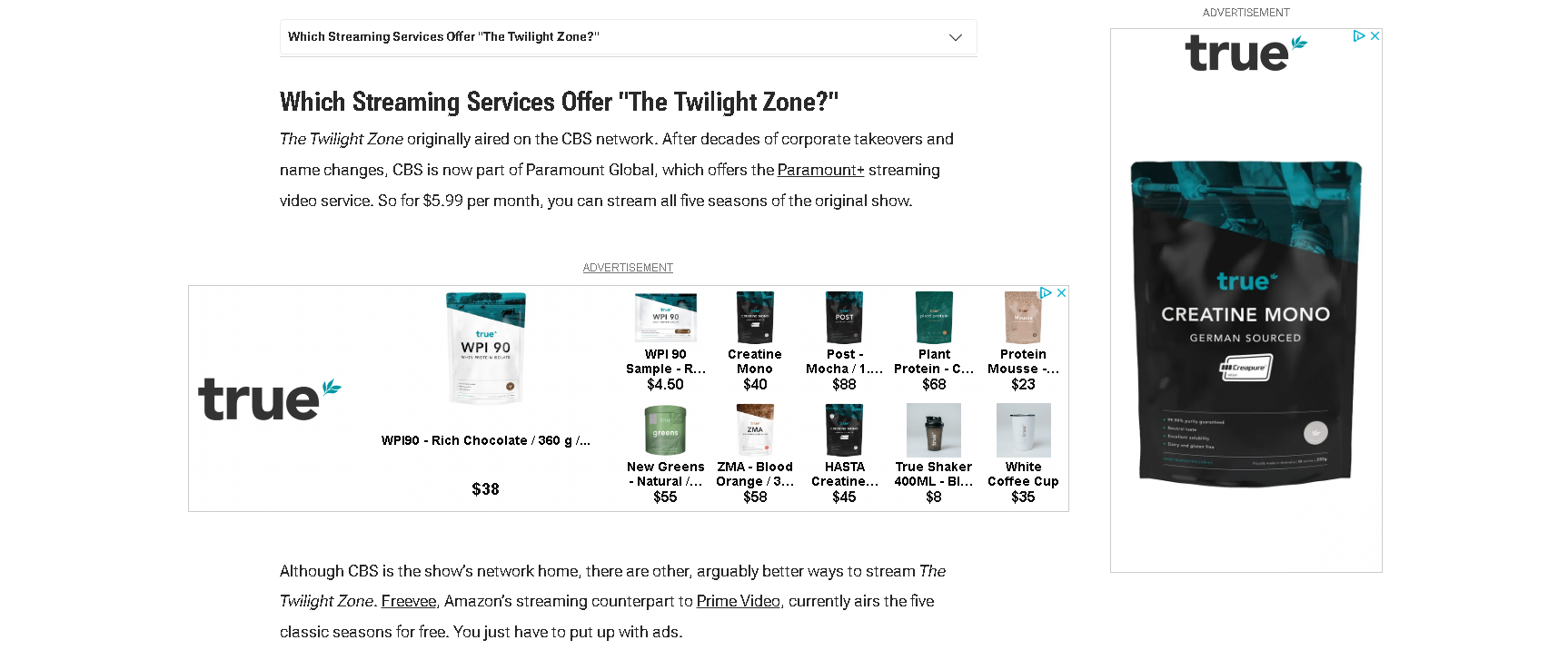
Ads at the top of the page or those that disrupt content can lead to higher bounce rates and lower engagement. Make sure that ads do not overshadow the main content and that the mobile site remains user-friendly. Proper ad placement improves user experience, encouraging longer site visits and better interaction, which in turn positively affects search rankings.
Technical SEO Considerations
Crawlability and Indexability
Ensuring your site is crawlable and indexable is a fundamental aspect of technical SEO. Google needs to access, crawl, and index your content to rank it effectively. This means you must avoid blocking essential resources like CSS, JavaScript, and images.
Blocked resources can prevent Google from understanding your site’s content, leading to lower rankings.
Tools like Google Search Console and Semrush Site Audit can help you audit your site’s crawlability and indexability. Regular audits reveal issues that might hinder Google’s ability to crawl your site. Addressing these issues promptly ensures your site remains accessible and indexable, maintaining its visibility in search results.
Page Speed and Performance
Fast-loading pages are important for a positive user experience and high search rankings. Slow pages frustrate users and increase bounce rates, negatively impacting SEO. Tools like GTmetrix analyse your site’s performance on mobile and desktop.
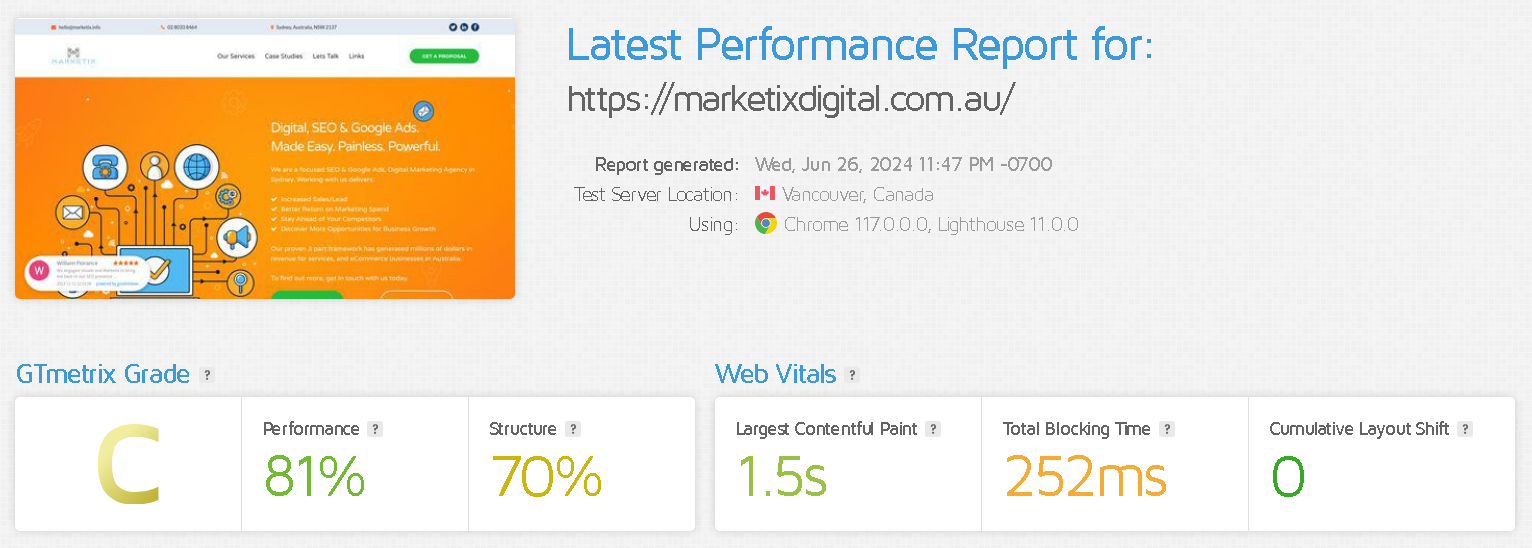
These tools provide a score and offer specific recommendations for improvement. Implementing these suggestions, such as optimising images, reducing unused CSS, and eliminating render-blocking resources, can significantly enhance your site's performance.
Faster load times lead to better user experiences, higher engagement, and improved rankings, making this an essential aspect of mobile-first indexing.
Regular Audits and Monitoring
Continuous monitoring and regular audits are vital for maintaining your site’s SEO health.
Issues can arise at any time, impacting your site's performance and rankings. Scheduling regular site audits ensures that problems are detected and resolved promptly.
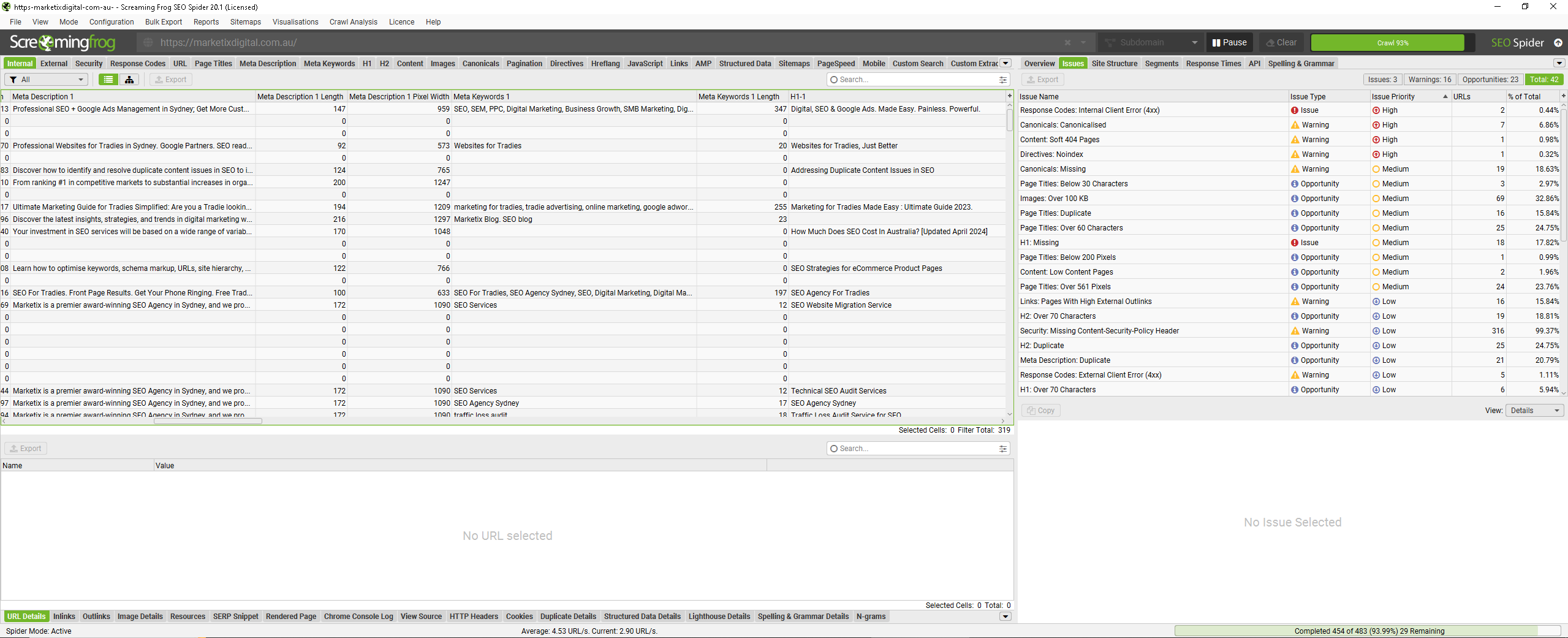
Tools like Screaming Frog can be set to run automatically, providing ongoing insights into your site’s health. Addressing errors, warnings, and notices as they appear helps keep your site optimised for both users and search engines.
Regular monitoring ensures your site remains competitive and performs well in search results, safeguarding your investment in SEO.
Common Issues and Troubleshooting
- Missing Structured Data: Structured data is important for helping search engines understand your content. Missing structured data can lead to indexing issues and lower rankings. As mentioned above, make sure that both mobile and desktop versions of your site include the same structured data. Regularly check for structured data errors using tools like Google Search Console. Fix any discrepancies promptly to maintain your site's visibility and performance.
- Incorrect Use of Noindex Tags: Using noindex tags incorrectly can prevent important pages from being indexed. You need to ensure consistency in the use of robots meta tags across mobile and desktop versions. Avoid placing noindex tags on pages that you want to appear in search results. Run the website on screaming Frog and sort the list to pages with noindex tag only. Then check each of them to see if there are pages that you prefer to get indexed by Google, so you can remove it.
- Discrepancies in Content and Media: Discrepancies between desktop and mobile versions can confuse search engines and impact your rankings. Make sure that your mobile site contains the same primary content as your desktop site. Differences in media, such as images and videos, can also cause issues. Ensure that all visual content is present and optimised on both versions. Consistency in content and media helps maintain your site's credibility and ranking potential.
- Handling URL and Redirect Issues: URL and redirect issues can cause significant indexing problems. Avoid using fragment URLs, as they are often not indexable. Make sure that mobile and desktop versions of your site have equivalent content and do not redirect to a single URL like the homepage. Regularly check for broken or incorrect redirects using tools like Google Search Console. Fixing these issues promptly ensures that all your pages are properly indexed and accessible, maintaining your site's overall health and performance.
Take Your SEO to the Next Level with Marketix Digital
Contact Marketix Digital, the #1 SEO Agency in Sydney, for expert SEO services. Optimise your website for mobile-first indexing and enhance your search rankings.
We offer a free audit or consultation to help you identify improvement areas and implement effective strategies. Stay ahead of the competition and boost your online presence with Marketix Digital. Reach out to us today to get started.
Recent Posts
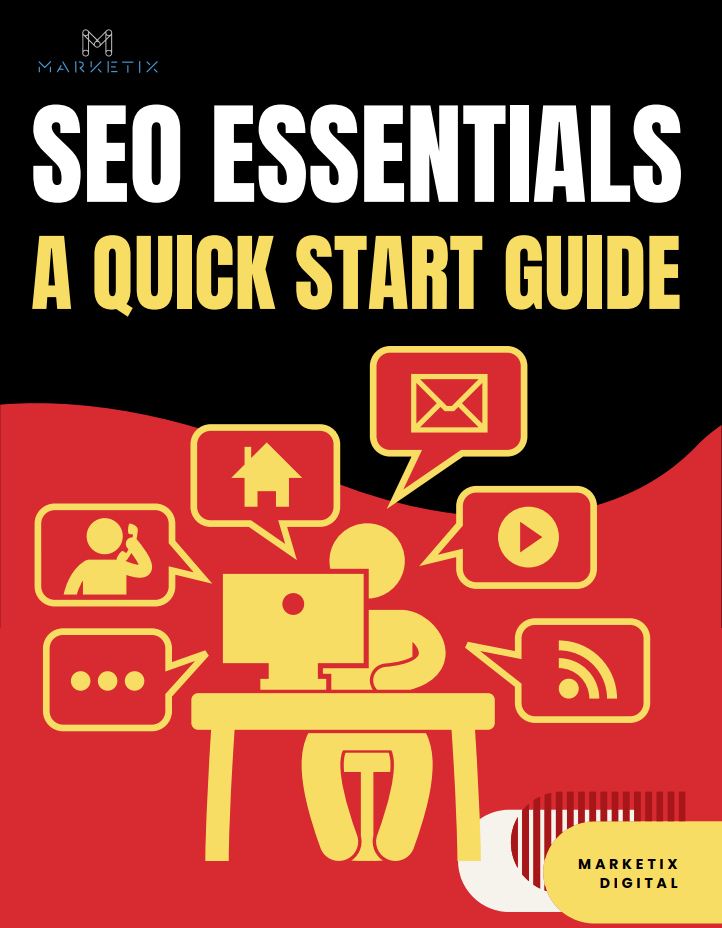
Free Download SEO Book
Download our 24-page SEO book to learn:
- How SEO Really Works
- How to Rank #1
- Content & SEO
- Choosing an SEO Agency
Thank you!
You have successfully joined our subscriber list.
Recent Posts




